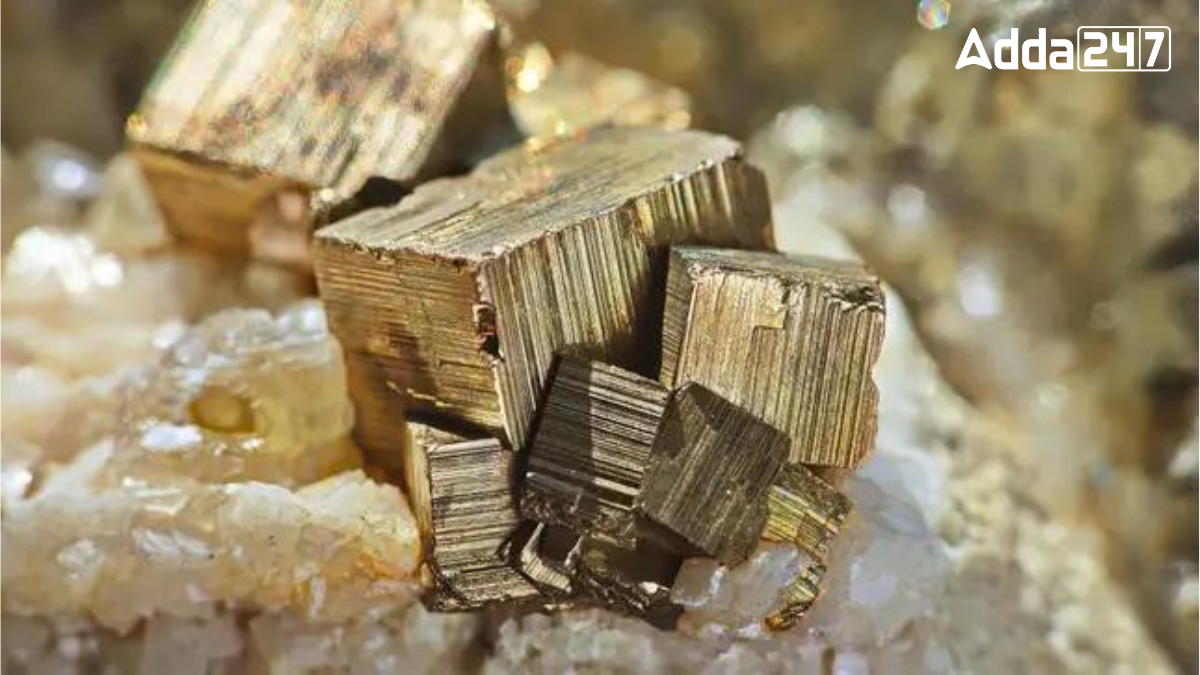The world is home to a myriad of minerals, each with its unique value and significance. Common minerals such as copper, brass, zinc, and coal are well-known. However, there exists a mineral famously known as “Fool’s Gold.” This article will delve into the fascinating world of this mineral, known scientifically as pyrite.
What are Minerals?
Before delving into Fool’s Gold, it is essential to understand what minerals are. Minerals are natural substances with a specific internal structure. They are composed of various elements that form under specific geological and chemical conditions. Over years of subterranean development, these minerals take their final shape, making them accessible for human use.
What is Fool’s Gold?
The mineral commonly referred to as Fool’s Gold is pyrite. Despite its misleading name, pyrite is distinct from real gold. The term “Fool’s Gold” arises from its superficial resemblance to gold, often misleading inexperienced prospectors.
Why is it Called Fool’s Gold?
You might wonder why pyrite is specifically known as Fool’s Gold. Pyrite is a compound of iron and sulfur, containing approximately 46% iron. Despite this high iron content, it is not used as an iron ore because the sulfur content is detrimental. The color of pyrite resembles brass, and it possesses a gold-like luster, which often deceives people into thinking it is gold. However, its powder is green-black or pink-black, which helps distinguish it from real gold.
Properties of Pyrite
Pyrite’s metallic luster and pale brass-yellow hue give it a superficial resemblance to gold, leading to the moniker Fool’s Gold. However, its distinct characteristics, such as hardness and brittleness, set it apart from gold. Real gold is malleable and can be easily shaped, whereas pyrite is much more brittle and breaks under pressure.
Pyrite in India
In India, pyrite is predominantly found in the state of Bihar, making it the only state with significant pyrite deposits. Unlike other minerals, pyrite is not commonly found in other parts of the country.




 Exploring Bondi Beach: Sun, Surf and Syd...
Exploring Bondi Beach: Sun, Surf and Syd...
 Chakrashila Wildlife Sanctuary: Location...
Chakrashila Wildlife Sanctuary: Location...
 Top-7 Oldest Palaces in India, Check the...
Top-7 Oldest Palaces in India, Check the...







